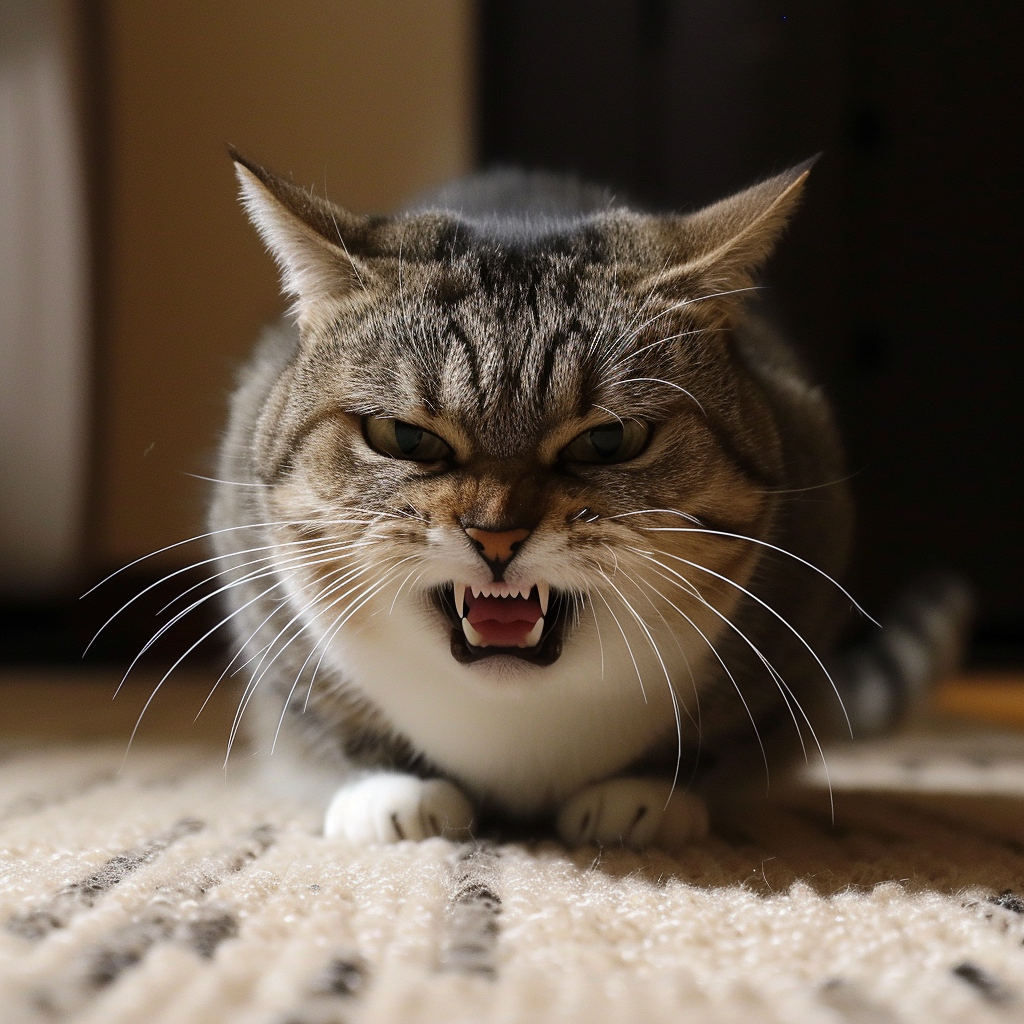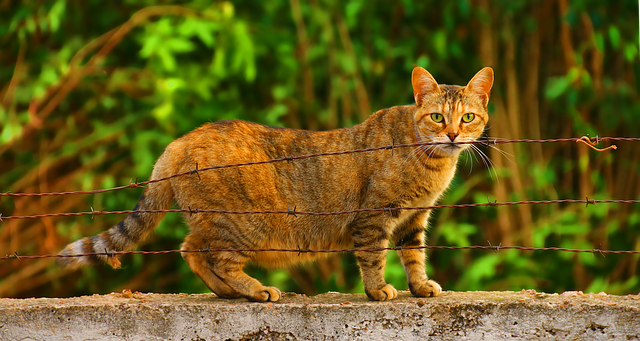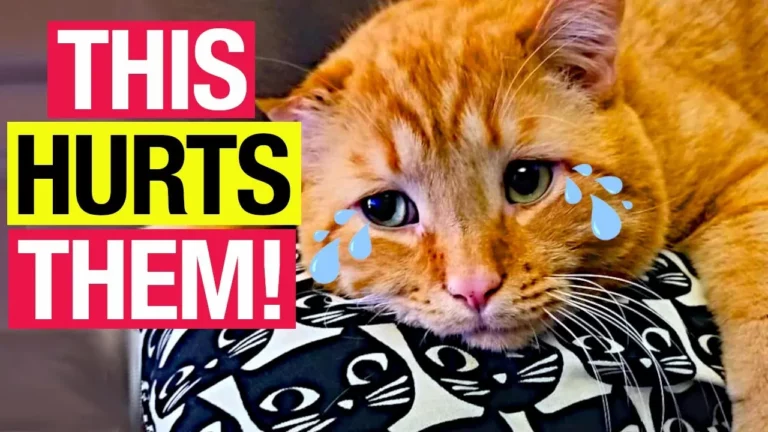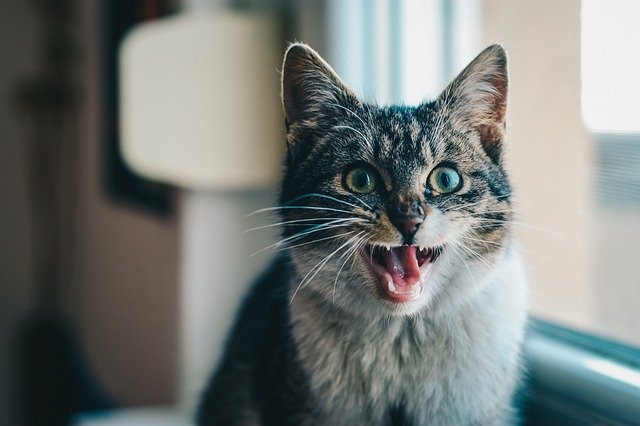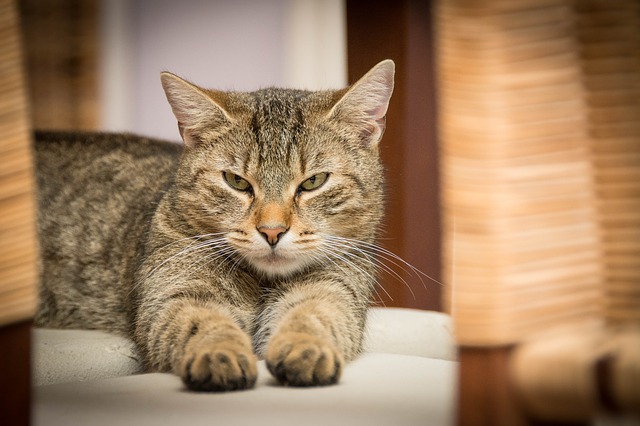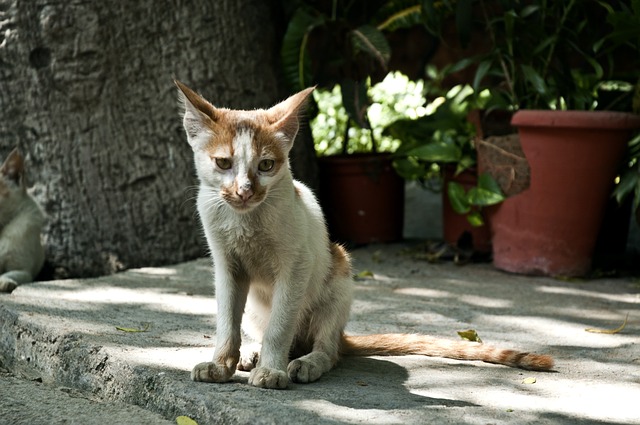The Hidden Effects of Stress on Cats: What You Must Know!
Have you ever noticed your
These could be signs your
Just like humans, cats experience stress, which can manifest in various behavioral and physical changes.
From excessive grooming that leads to hair loss to changes in eating habits, the signs can be subtle but significant.
Understanding what triggers stress in cats and recognizing the symptoms can significantly improve their quality of life.
Whether it’s a change in routine or the introduction of new family members, stressors for cats are as varied as they are complex.
In this guide, I’ll explore the common causes of stress in cats, how it affects them, and what you can do to help alleviate their anxiety.
How to spot the signs of stress in cats
Stress in cats often manifests through various behavioral, physical, and health-related changes.
Recognizing these signs early can help mitigate stress and improve your
Here, I’ll guide you through identifying crucial indicators of
Changes in Your Cat ’s Behaviour
Cats typically hide their discomfort well, but behavioural changes are often the first noticeable signs of stress.
For instance, your
You might also observe a decrease in their tolerance towards humans or other pets, which can manifest as avoidance or even aggression.
Besides, changes in their routine activities like hesitating or outright refusing to use the litter box are significant red flags.
An increase in vocalization, such as more frequent meowing or growling, also suggests something isn’t right.
If your confident, outgoing
Changes in Your Cat ’s Body Language
Body language provides immediate clues about your
A stressed
They might also twitch their tails more than usual or keep them wrapped closely around their body, signaling discomfort or anxiety.
These signs, coupled with overt signs such as increased scratching or biting, can indicate stress.
Observing these subtleties in body language helps you understand their feelings and provide timely support.
Changes to Your Cat ’s Health
Chronic stress can lead to various health issues in cats.
You may notice changes in their eating and sleeping patterns, like eating less and sleeping more, or vice versa.
Stress might even trigger or exacerbate skin conditions and lead to over-grooming, resulting in bald patches or irritated skin.
In some cases, cats under significant stress develop lower urinary tract diseases, which can become serious if not addressed promptly.
Regular vet visits and keen observation at home are crucial to catch these health changes early, ensuring your
How to Alleviate Stress in Cats?
First, it’s essential to maintain a stable environment, keeping their routine as consistent as possible.
Here’s how I think you should help a stressed
- Provide a safe, quiet space where your
cat can retreat when overwhelmed. - Engaging in regular, gentle play can also help relieve stress and build confidence.
- Consider the strategic placement of multiple litter boxes and water sources throughout your home.
- Using pheromone diffusers can create a calming environment for many cats.
- Finally, timely consultation with a veterinarian can provide targeted strategies tailored to your
cat ‘s specific needs.
What causes stress in cats?
Threats to a Cat ’s Territory
A
Any perceived invasion can trigger stress.
For instance, the presence of unfamiliar cats in the garden or a new pet introduced to the home may be seen as a threat.
If I leave windows open where my
To mitigate this, I ensure to provide visual barriers and safe spaces where my
Installing
Living with Other Cats
Although some cats enjoy the company, many prefer solitude.
The introduction of another
When I introduced a new kitten to my older
This slow introduction helps prevent aggressive behavior and eases the stress associated with new acquaintances in their shared space.
Household Changes
Changes in the household routine can disrupt a
A new baby, moving to a new house, or even rearranging furniture can unsettle a
When my work schedule changed, I noticed my
By maintaining consistent feeding times and play sessions, I helped re-establish a routine that made my
Over Handling of Cats
Cats vary in their tolerance for physical affection and handling.
Some may relish long cuddle sessions, while others prefer brief interactions.
Over-handling, especially by visitors who may not recognize the signs of a
I encourage friends to let my
Observing and respecting these boundaries can greatly minimize stress for a
By understanding what triggers stress in cats and how to effectively manage these situations, I can help ensure that my
Engaging play, consistent routines, safe territories, and respectful handling are all parts of the solution.
How can I reduce my cat ’s stress?
See a Vet
Regular visits to the vet play a crucial role in maintaining your
Stress can sometimes mask or exacerbate underlying medical conditions.
Hence, a thorough check-up could rule out any medical issues contributing to your
Also, vets often provide specific advice tailored to your
Provide Hiding Spaces
Cats naturally seek solitude when stressed. I’ve found that providing multiple hiding spaces can significantly calm a nervous feline.
Items like cardboard boxes, dedicated
Ensure these areas are quiet, accessible at all times, and located far from high-traffic areas.
Use Calming Diffusers
Calming diffusers that emit synthetic pheromones similar to those mother cats produce to calm their kittens can be particularly effective.
Placing these diffusers around the house helps create a soothing environment.
It’s fascinating how such a simple device can significantly alter a
Play Nicely and Manage Interactions
Cats are very particular about their interactions.
Introduce new pets or family members gradually, observing your
Playing nicely also means understanding when your
Decrease Stressful Sounds and Sights Outside
If your
For instance, closing the curtains or using white noise machines can muffle the sounds of traffic or loud neighbors.
Creating a serene indoor environment helps your
Give Your Cat More Items for His “Territory”
Cats are territorial, and increasing the number of items they consider theirs can provide comfort and security.
From extra scratching posts, more toys, to additional beds, these resources can discourage conflict if you have multiple cats and boost your
Play With Your Cat More
Engaging in regular play sessions does more than just bond you with your
Whether it’s chasing a laser pointer or batting at a feather toy, playtime is essential.
It’s rewarding to see how a simple 15-minute play session can uplift your
By integrating these strategies into daily routines, I’ve noticed a significant positive change in cats’ demeanor and overall health.
Reducing stress in your cats not only enhances their happiness and comfort but also fosters a tranquil home environment where both you and your beloved pets can thrive.
Why are some cats more prone to developing chronic stress than others?
Recognizing the signs of stress in cats and implementing the right strategies can dramatically improve their quality of life.
It’s essential to tailor stress reduction methods to each
Some cats might be more sensitive due to genetics or past experiences which makes understanding their individual needs crucial.
By creating a supportive environment and being proactive about their mental health we can help prevent the development of chronic stress which not only enhances their well-being but also enriches our relationship with them.
Let’s commit to being attentive and responsive to our feline friends’ needs ensuring they lead happy stress-free lives.
